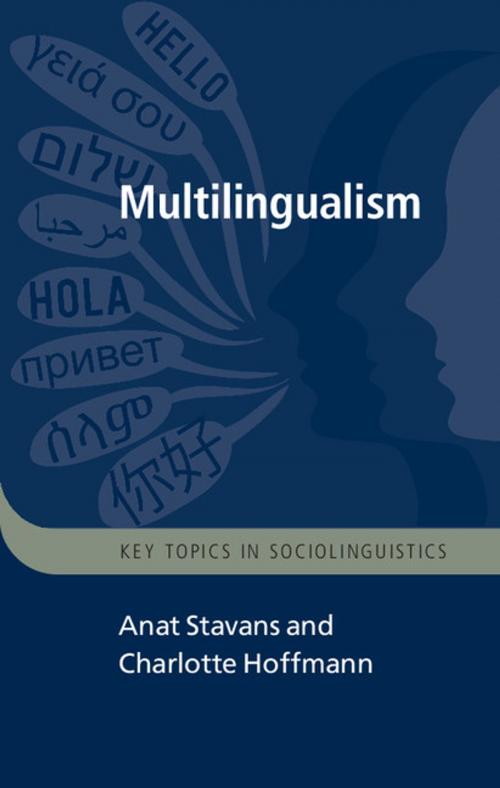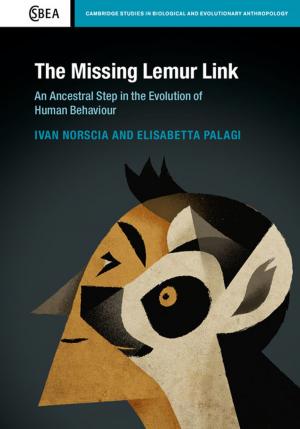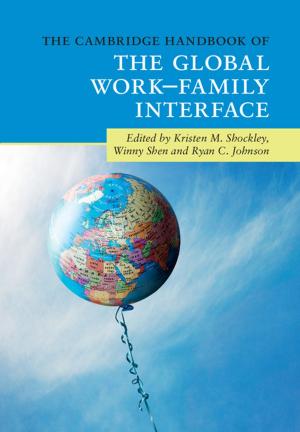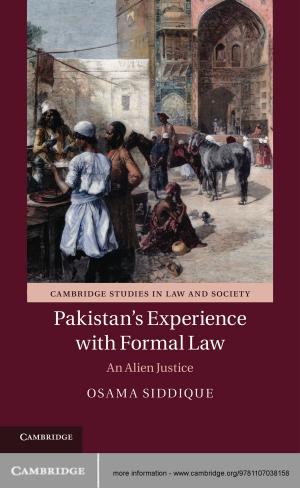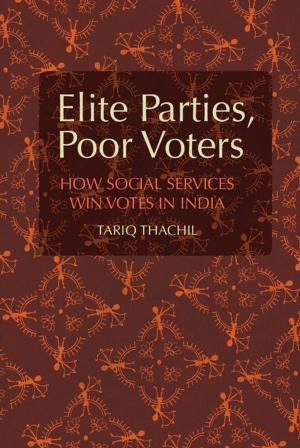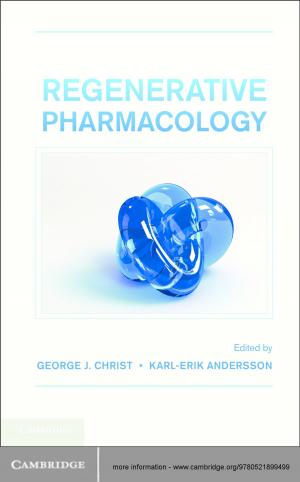| Author: | Anat Stavans, Charlotte Hoffmann | ISBN: | 9781316235416 |
| Publisher: | Cambridge University Press | Publication: | January 12, 2015 |
| Imprint: | Cambridge University Press | Language: | English |
| Author: | Anat Stavans, Charlotte Hoffmann |
| ISBN: | 9781316235416 |
| Publisher: | Cambridge University Press |
| Publication: | January 12, 2015 |
| Imprint: | Cambridge University Press |
| Language: | English |
How do children and adults become multilingual? How do they use their languages? What influence does being multilingual have on their identities? What is the social impact of multilingualism today and how do societies accommodate it? These are among the fascinating questions examined by this book. Exploring multilingualism in individuals and in society at large, Stavans and Hoffmann argue that it evolves not from one factor in particular, but from a vast range of environmental and personal influences and circumstances: from migration to globalisation, from the spread of English to a revived interest in minority languages, from social mobility to intermarriage. The book shows the important role of education in helping to promote or maintain pupils' multilingual language competence and multilingual literacy, and in helping to challenge traditional monolingual attitudes. A clear and incisive account of this growing phenomenon, it is essential reading for students, teachers and policy-makers alike.
How do children and adults become multilingual? How do they use their languages? What influence does being multilingual have on their identities? What is the social impact of multilingualism today and how do societies accommodate it? These are among the fascinating questions examined by this book. Exploring multilingualism in individuals and in society at large, Stavans and Hoffmann argue that it evolves not from one factor in particular, but from a vast range of environmental and personal influences and circumstances: from migration to globalisation, from the spread of English to a revived interest in minority languages, from social mobility to intermarriage. The book shows the important role of education in helping to promote or maintain pupils' multilingual language competence and multilingual literacy, and in helping to challenge traditional monolingual attitudes. A clear and incisive account of this growing phenomenon, it is essential reading for students, teachers and policy-makers alike.
